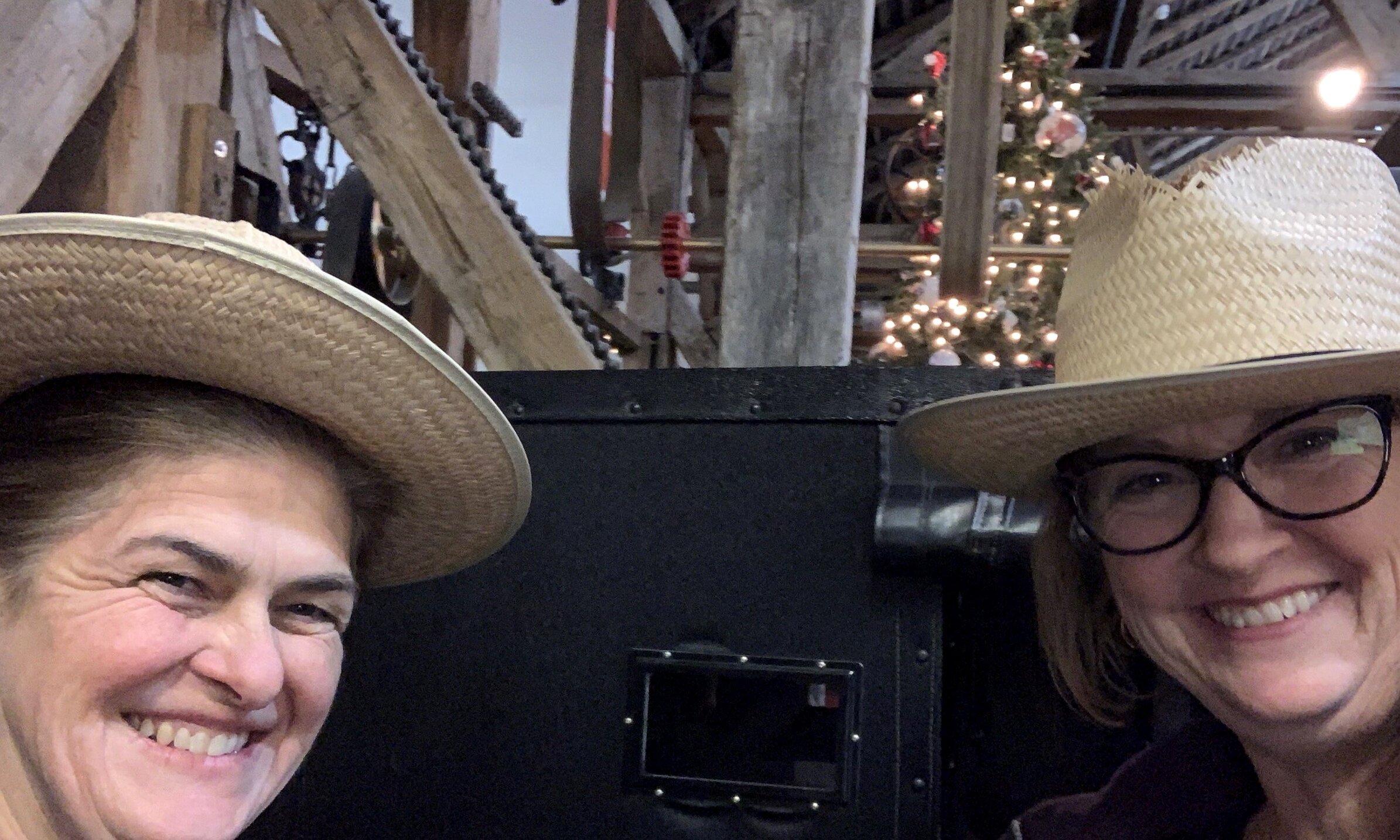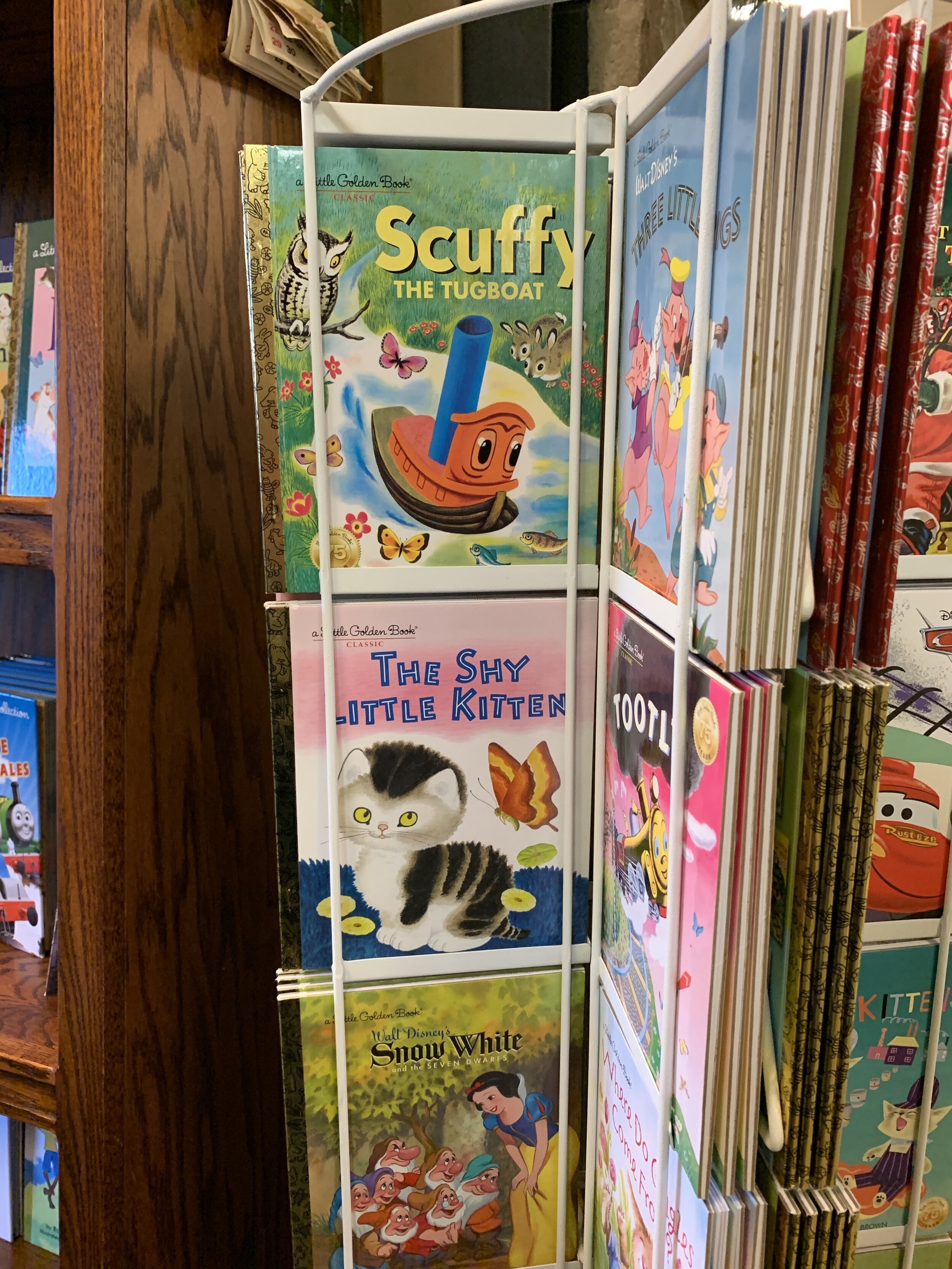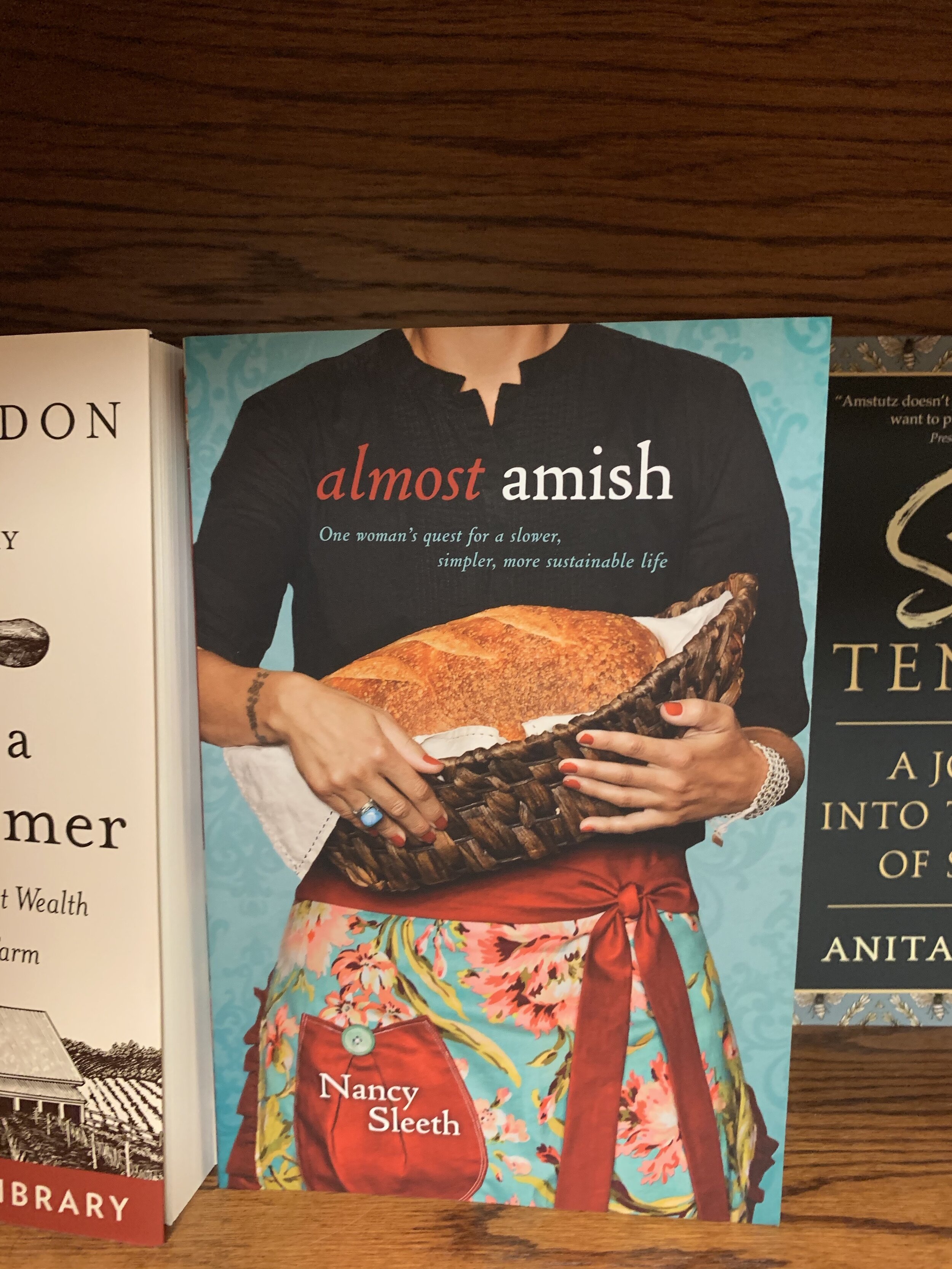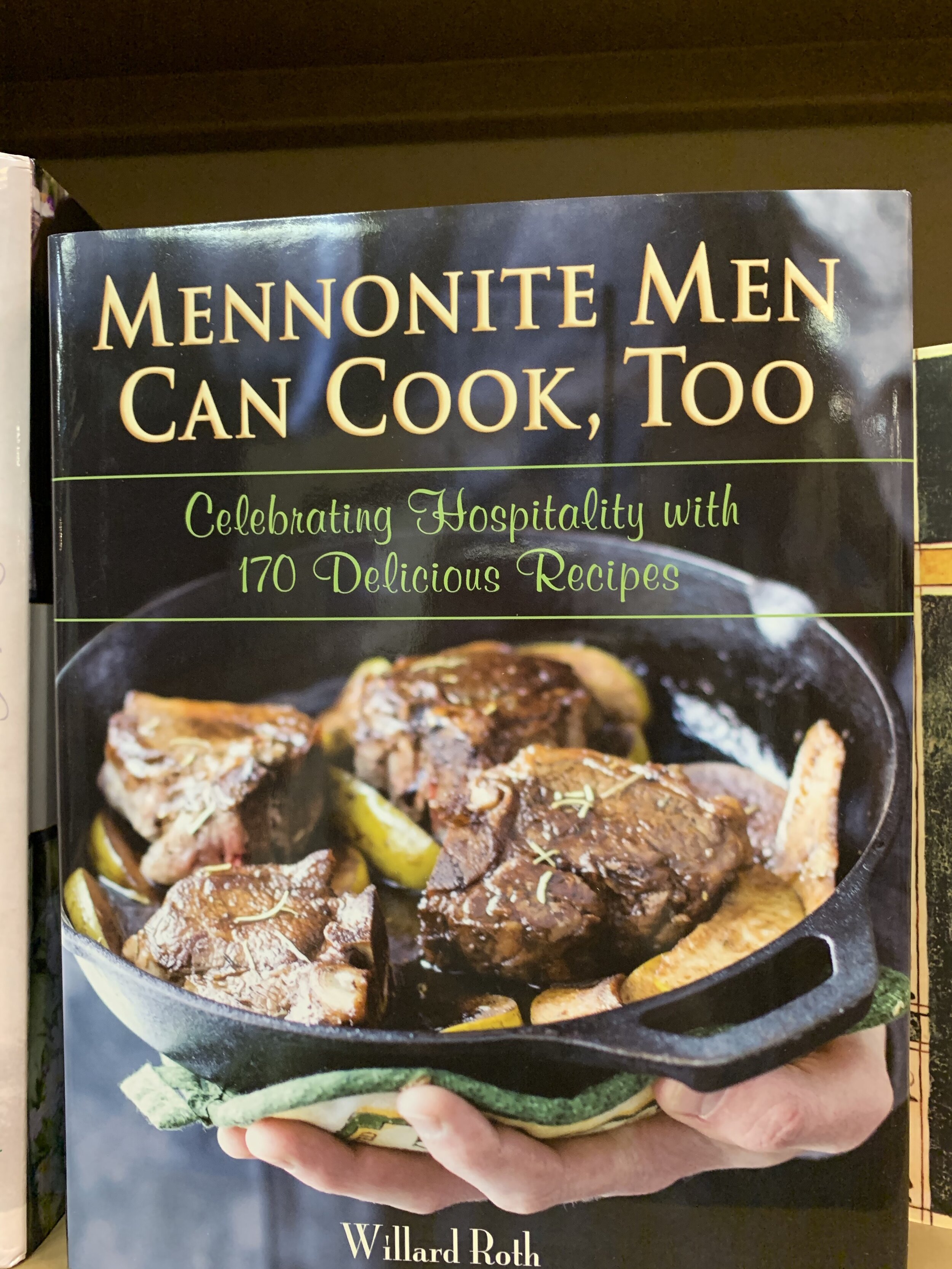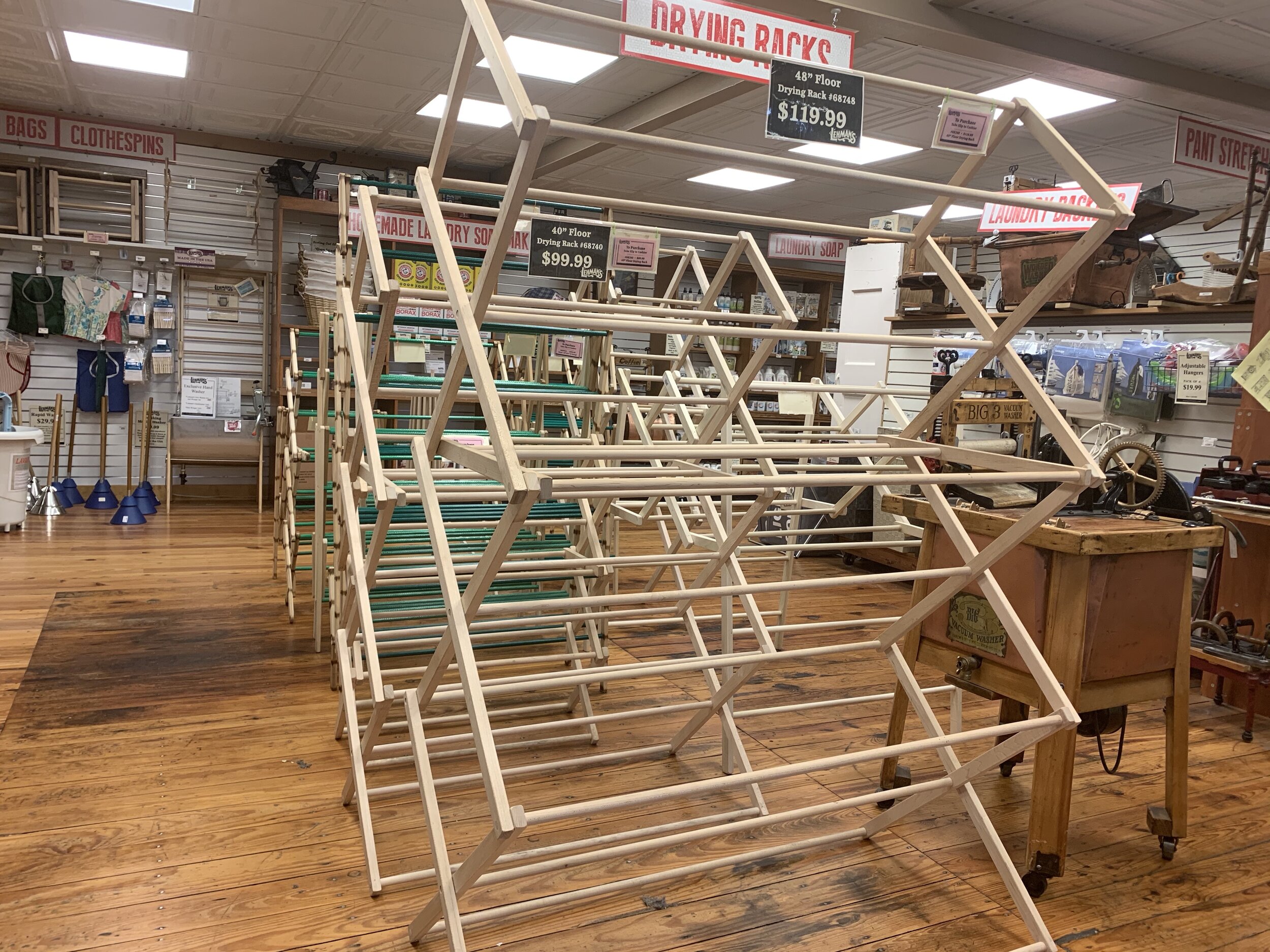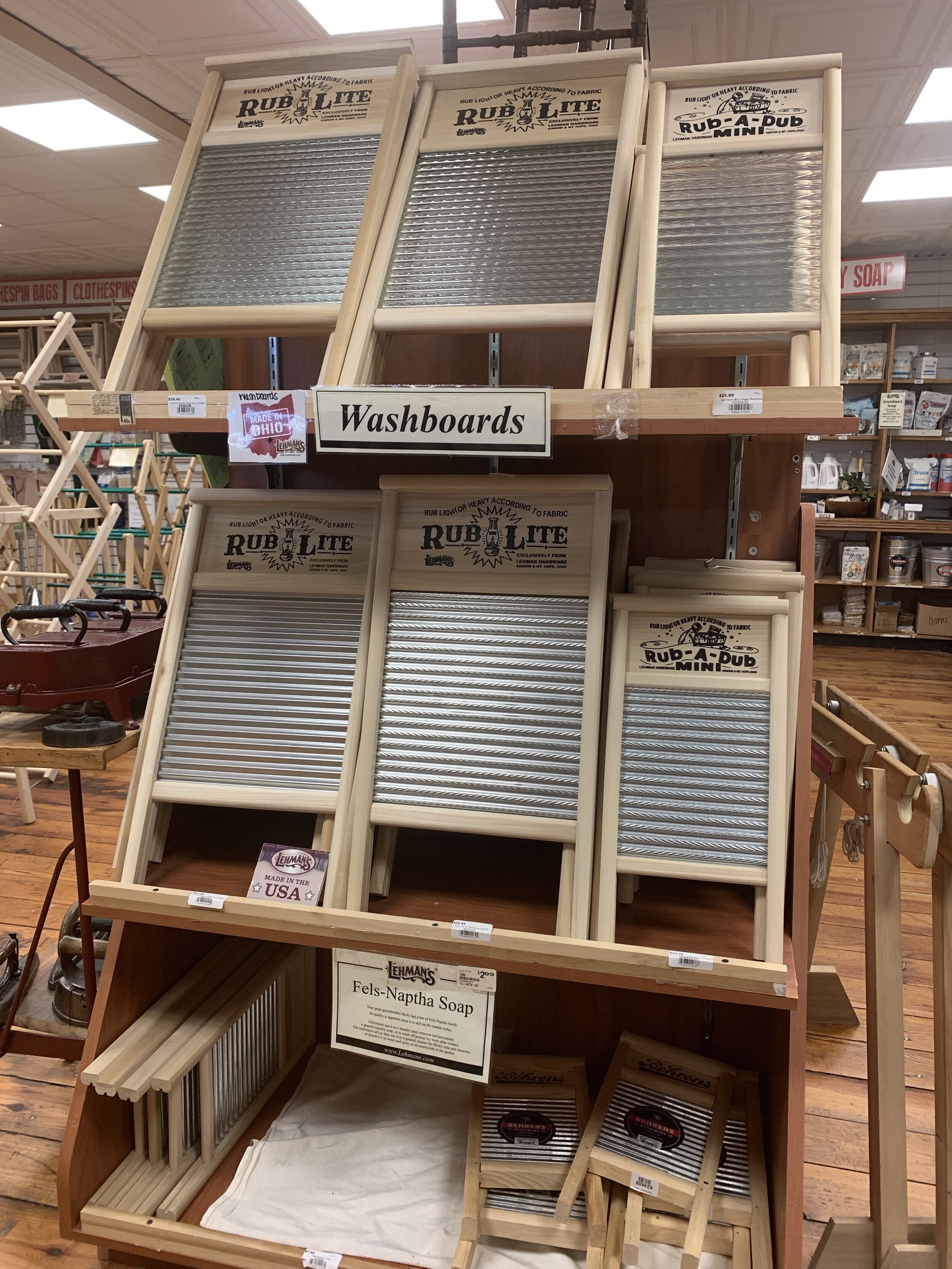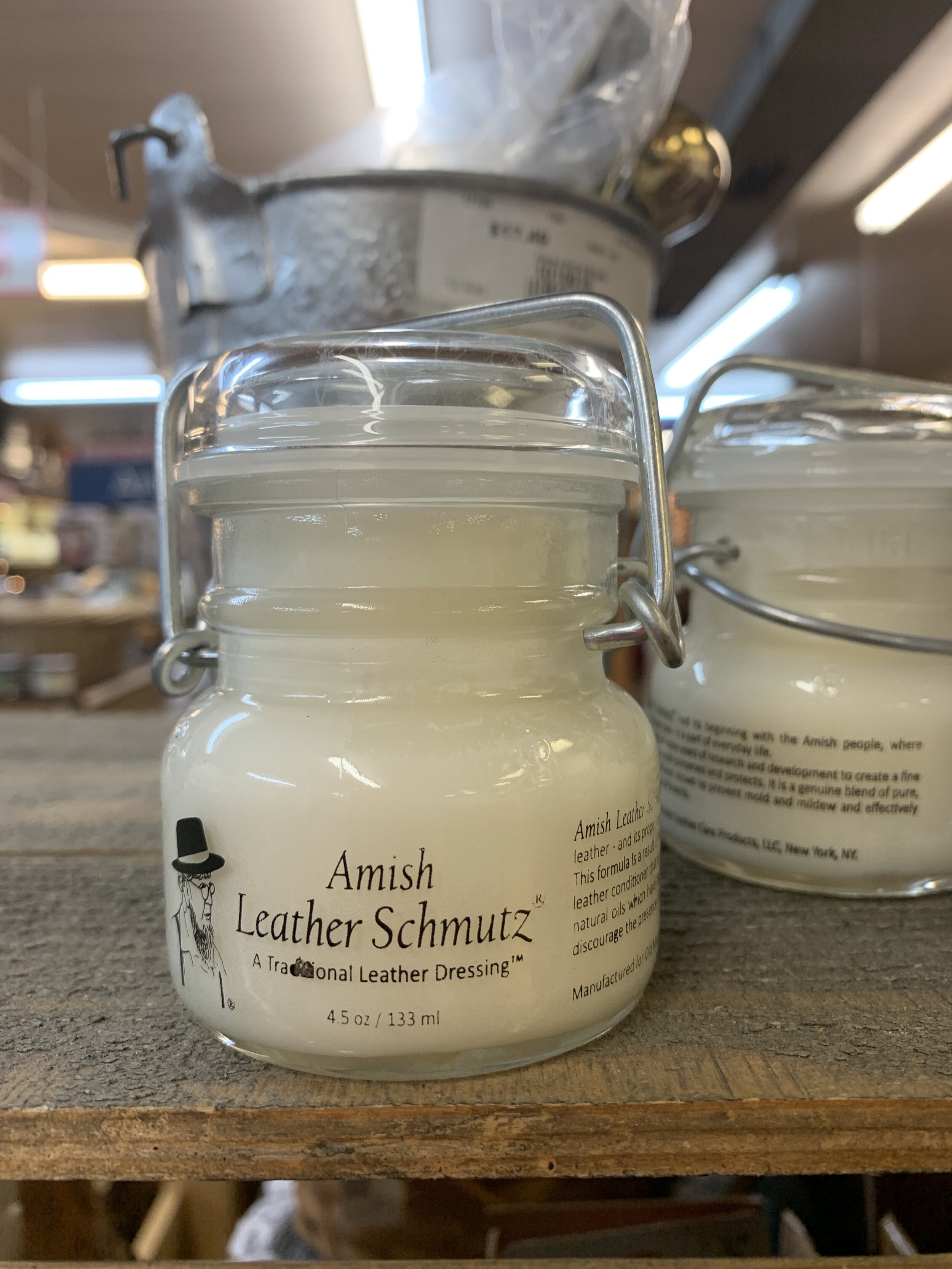Kitchen Gadgets
One of my favorite discoveries in the region our farm property is an Amish Country Store named Lehmans Market. “Country Store” belies the enormity of this place. It is more like an Amish Mall of America. This sprawling entity includes everything a good Amish household might need. The hardware section is a walk back through time with potbellied stoves, axes for cutting firewood, and all manner of wrenches, hammers and manly, old-timey devices. The laundry supplies section is filled with drying racks, wringers, washboards and clothes pins. There are provisions for candle making, soap making, “Simple Life” stuff you would need if you didn’t have, modern day distractions like television, internet or electricity … things any End Times home would need.
The book section is an odd collection of titles like “What’s it like to be Amish,” “There’s Room on the Porch Swing,” “Almost Amish” and the intriguing “Mennonite Men Can Cook Too.” Which brings me to the kitchen section: row upon row of accoutrement, large and small. Materials for making, storing, carrying, serving one’s own bread, pasta, jam, cakes, pies, soups, stews, stocks, lemonade, apple cider … stuff that would make Julia Childs drool. It is this department that I just had to bring my best friend to see.
My friend, we’ll call her Kathy, is a wonderful cook and she loves kitchen paraphernalia. She putters effortlessly around her kitchen, using her special gadgets, meant for anything imaginable. Juicing a small lemon? Got the gadget. A large lemon? Got a different gadget. A unique and clever stirring thingy, a special contraption for turning this or that, frying whatever. She’s got it. Sear it, bake it, freeze it, shake it, it’s covered. Observing her in her kitchen, she’s forever picking every last bit of beef off the bone so she can make it into a soup or stew later. She is constantly cooking, storing, freezing food, ready to put on a gorgeous buffet at a moment’s notice. Once, when she hosted my sisters and me for a weekend at her lake home, she disappeared for a few moments and was chatting with us from the other room. We barely knew she was gone before she somehow magically returned with freshly made ice cream (she’s got a gadget for that!) and an apple pie that made us weep it was so good.
She comes by it naturally. Kathy’s mother is a Hungarian immigrant. She and her sister were raised by their Hungarian grandmother and great aunts, and all the recipes and traditions that came with them. I grew up across the street from Kathy and going into her house as a child was a cultural adventure. The house was subdued, bathed in a late 60’s glow of burnt oranges, pinks and goldenrod yellows. The Hungarian aunties were always in the kitchen, stirring bubbling pots on the stove, steam rising, enveloping their babushkas in mystery. There were smells there that that I never found in my own mother’s kitchen: paprika, roasted peppers, goulash, stews, soups, noodles slathered in something amazing and foreign (probably just butter, but it smelled different there). Their Hungarian chatter, reprimanding us as we wandered through the room with Barbies in tow, was at once exotic and familiar.
As a teenager, Kathy enlisted her aunties’ help to tackle the painstaking task of making a Hungarian Dobos Torte, a multi-layered, complicated Hungarian delicacy that took her probably two days to make. I remember thinking, “why would you do that when you could just crack open a perfectly good Sarah Lee pound cake and have at it?” But she persevered, creating a lovely, delicate pastry that would make any bakery envious. Tragically, it ended up in a heap, when, while it was setting up in the basement, a load of laundry came down the shoot and blew it to smithereens.
As I remember Kathy’s kitchen, I hear Hungarian chatter and the aunties’ silhouettes morph into my friend at present day, pecking through the kitchen aisle at Lehman’s, looking for just the right spatula – there are maybe twenty varieties. I chuckle to myself, looking at her, knowing her culinary tradition and comparing it to my own meat and potatoes upbringing.
My mother’s kitchen door was always open, ready to feed whomever walked happened through. It wasn’t fussy food -- no desserts that took half a week to prepare -- but it was the epitome of comfort food. That kitchen was chaotic and improvisational. My mother liked to cook … enough. It was a necessary part of the job description. Everything was made in large quantities. There was usually an overcooked chicken grilled out in the nice weather, eye of the round and a mountain of mashed potatoes on Sundays. The smoke alarm would go off when the oven door was opened to reveal charred dinner rolls. I was routinely enlisted to scrape the blackened bottoms off the dinner rolls. I don’t remember salad showing up in that kitchen until the mid-80s. My friend Kathy grew up in my mom’s kitchen, probably as much as she was in her own. She spent many, many hours with me in that kitchen, peeling potatoes, setting the table, eating, clearing the table, doing the dishes, sweeping the floor, feeding a baby or two at my mother’s expansive kitchen table.
Now, as adults, Kathy and I are both fans of food, cooking, fiddling around in the kitchen, and entertaining. I think we each carry with us our separate and combined kitchen histories. My mother would often say, in reference to family gatherings, “it’s not about the food.” For her, it was about being together, sharing stories, love, laughter. If the roast was burnt, well, that’s fodder for another story. For Kathy’s people, it was all about the food, old world traditions, recipes, history and bringing people together to experience them. Put all those ingredients in a pot, stir it together with time ... and here’s what you get: two middle-aged women pecking through an Amish kitchen aisle, sharing a friendship of some 53 years, getting ready to prepare and sit down to dinner together to share stories, love, laughter, old world traditions, recipes, good food. And maybe some of that homemade ice cream, because there’s a gadget for that.
